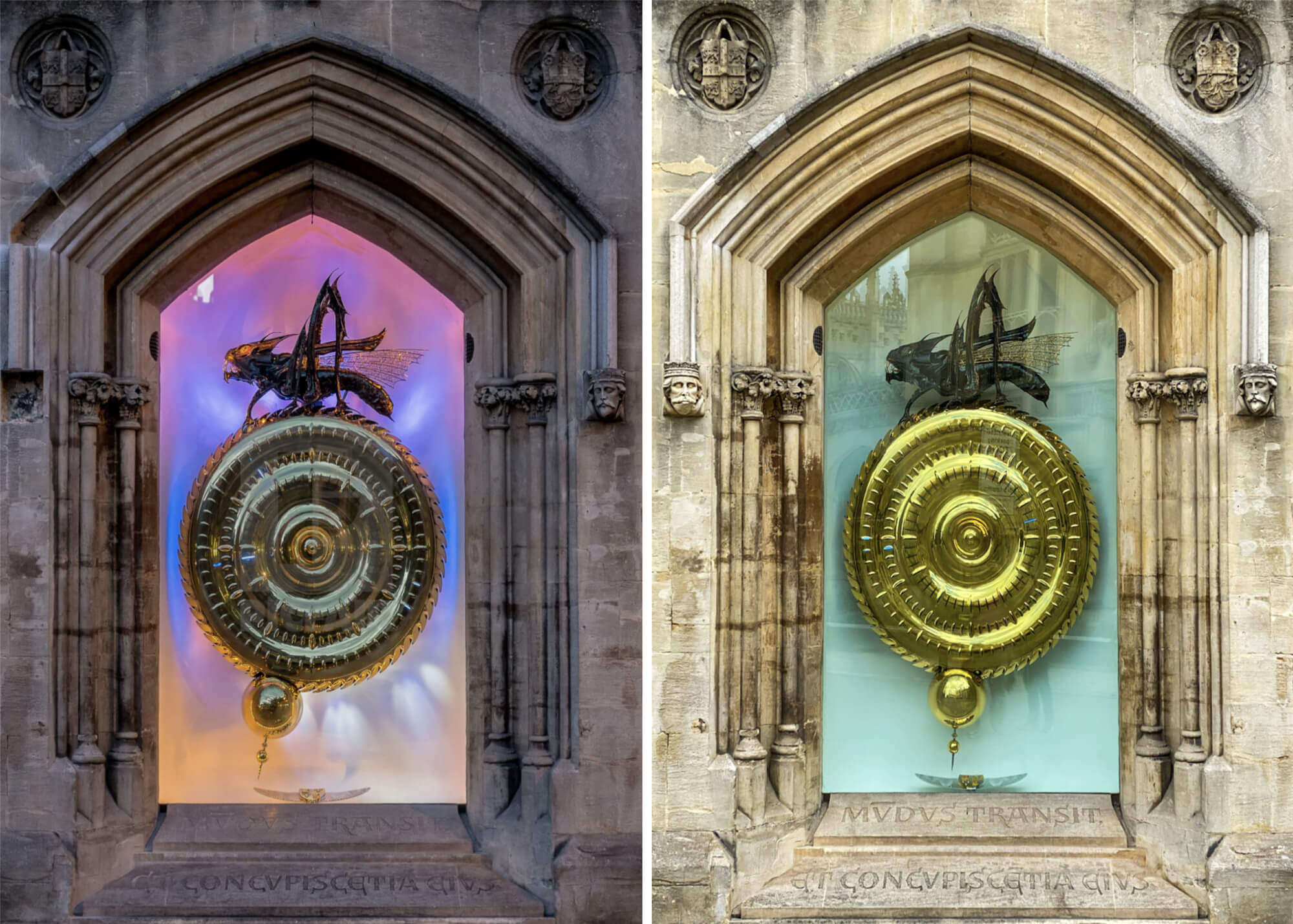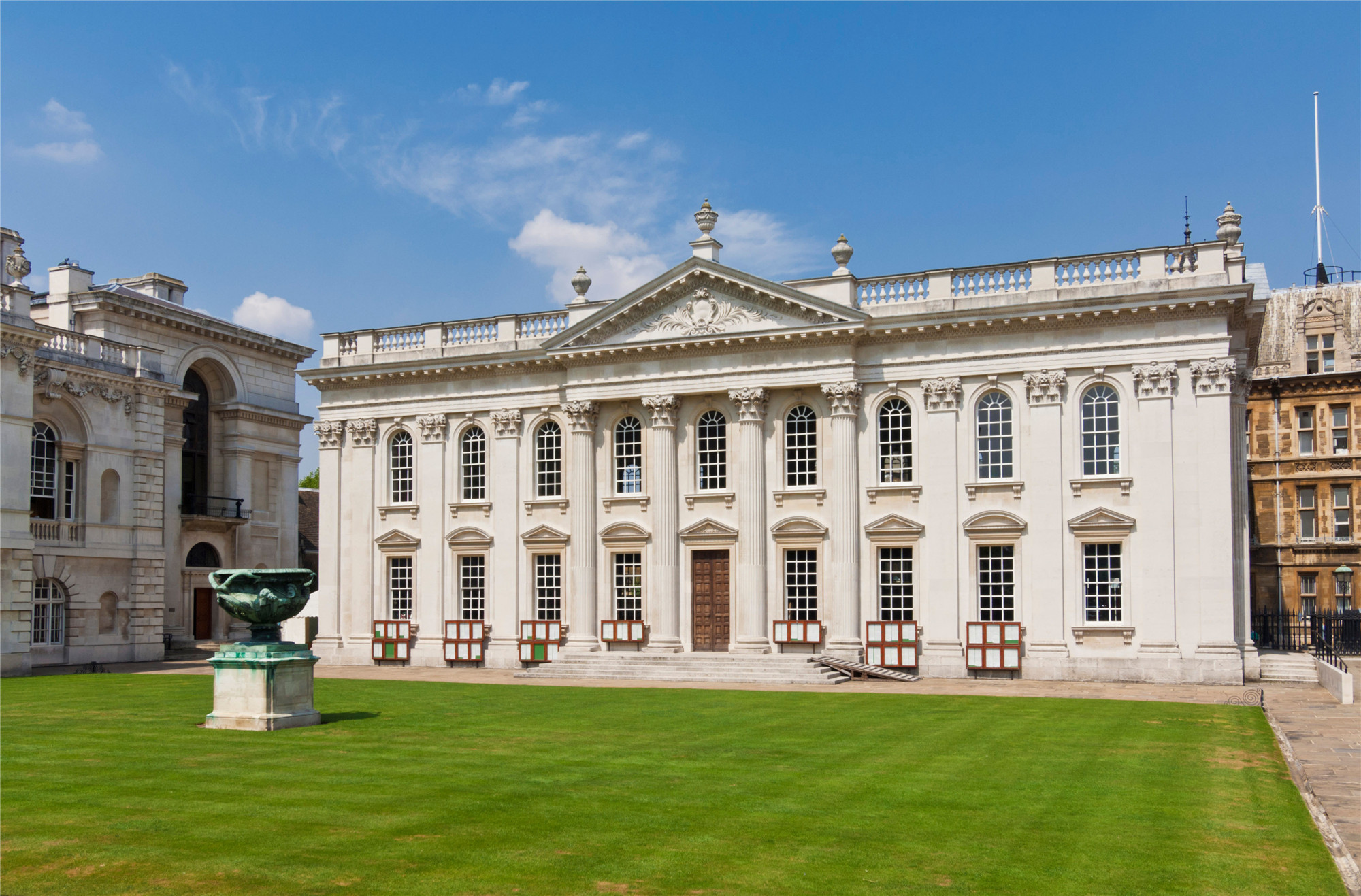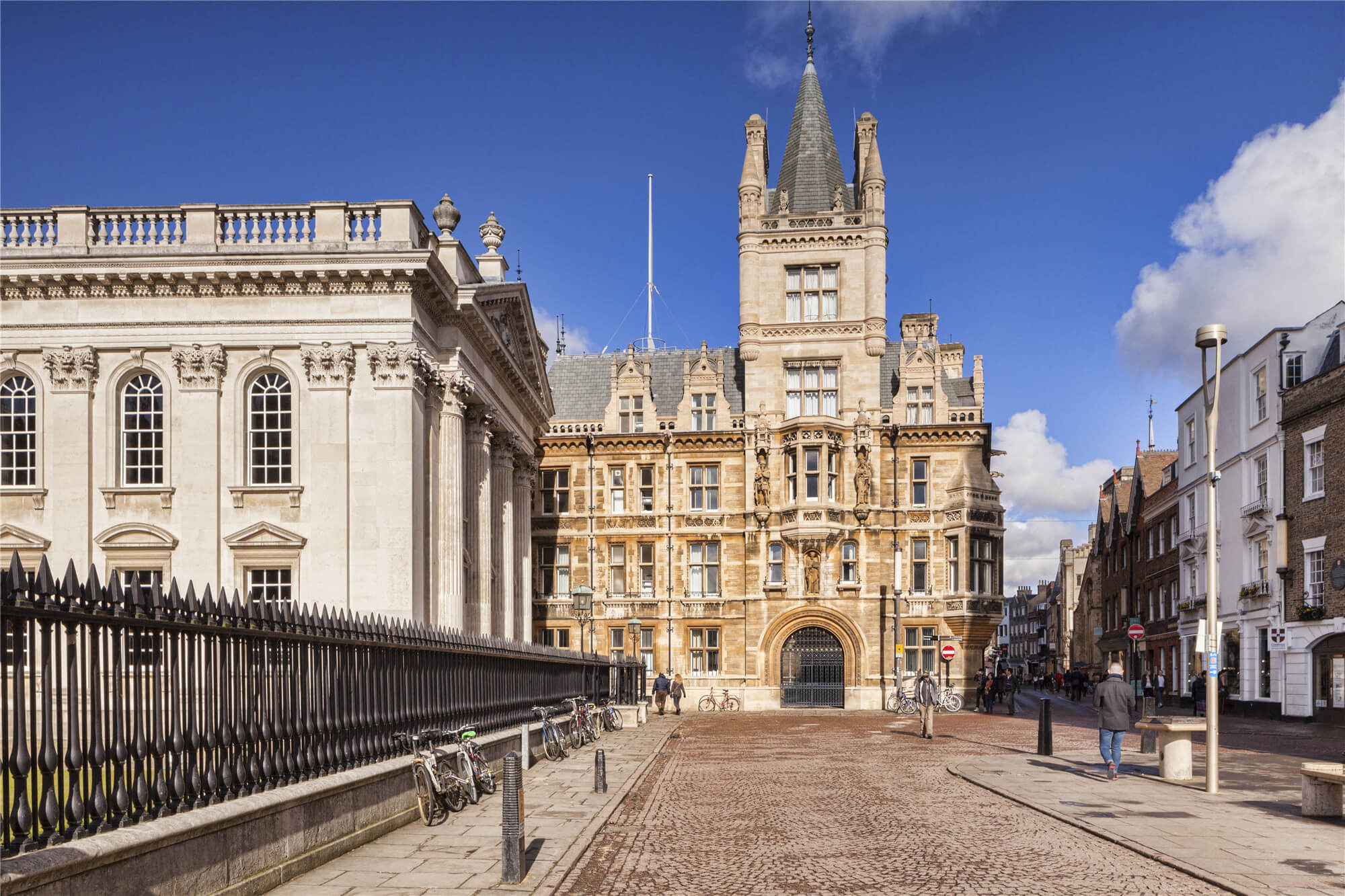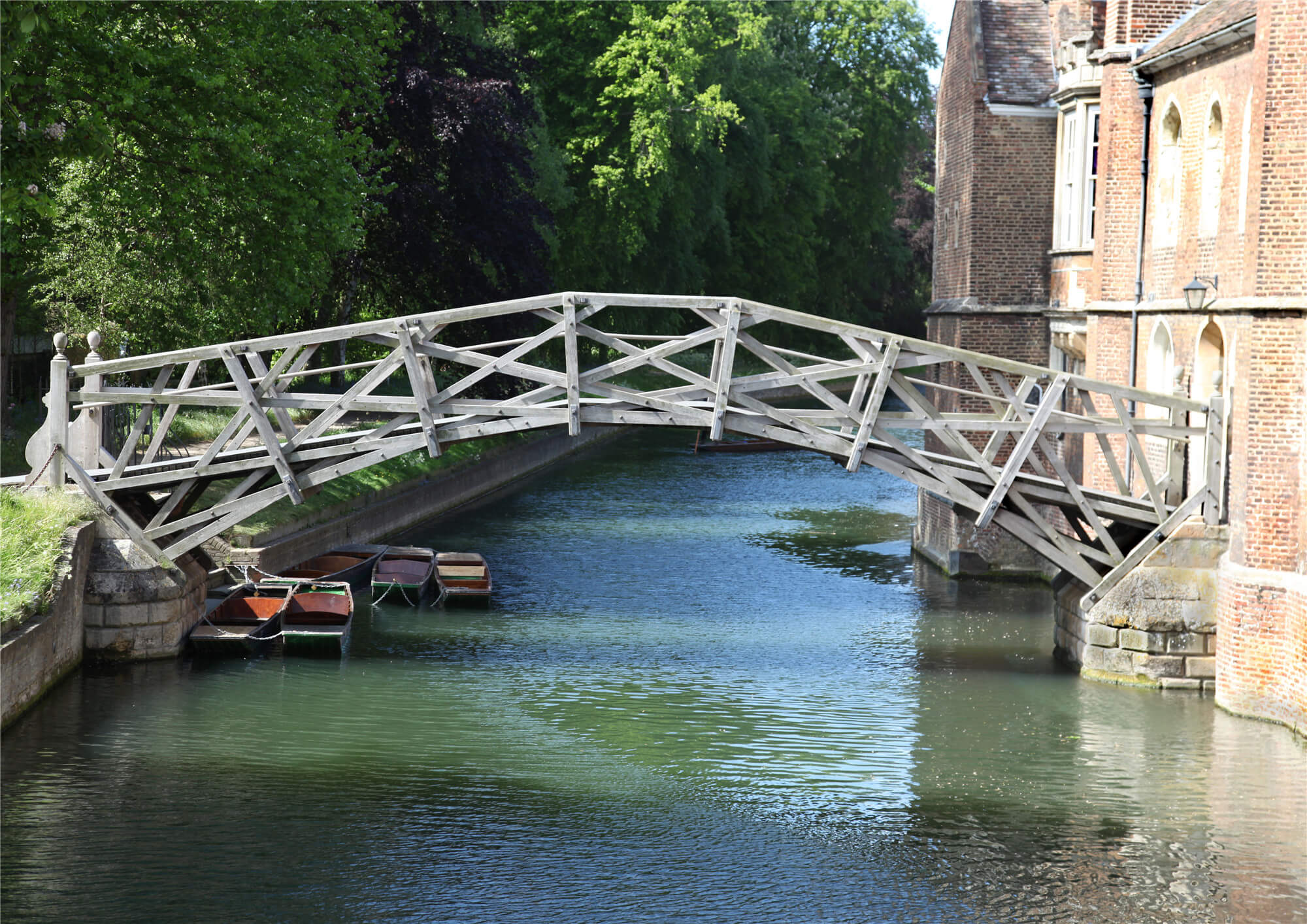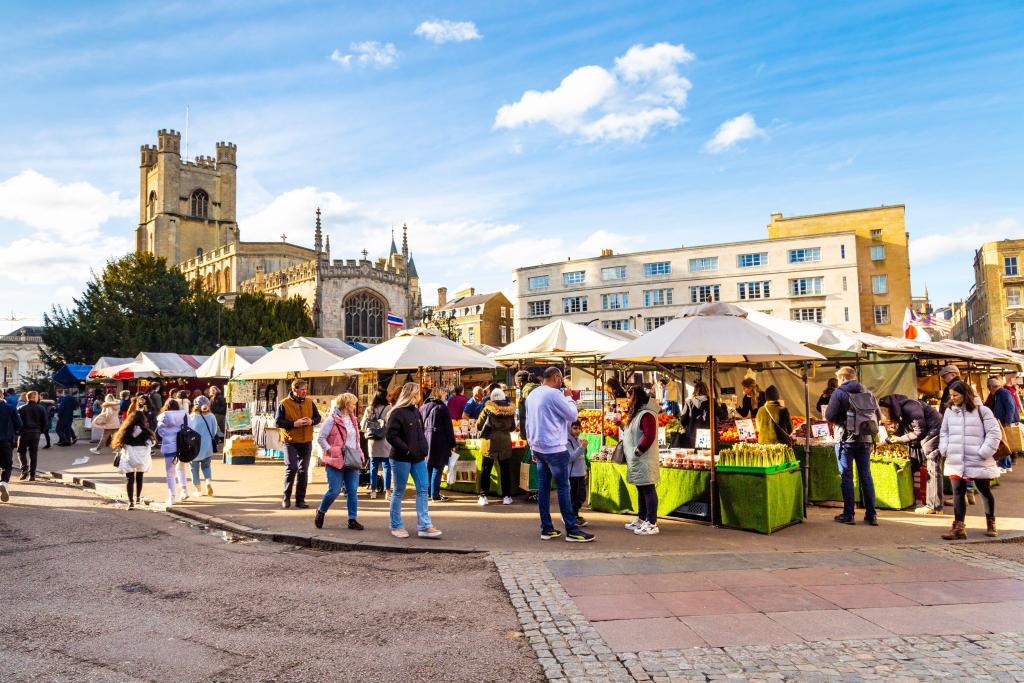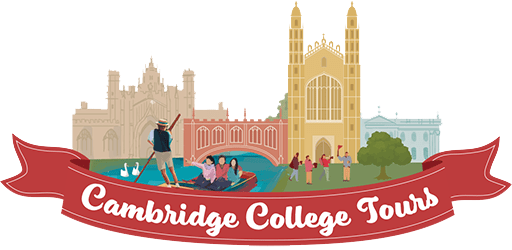The Eagle is a historic pub with roots dating back to the 14th century, known for it’s rich history and association with the academic community of Cambridge University. It was once a bustling coaching inn for travellers along the road from London, but when the railway came to Cambridge in 1850, it evolved into a gathering place for students, faculty, and researchers from the local colleges.
In particular, the pub became a favourite of the staff at the Cavendish Laboratory, a hub for experimental physics. And it was here that two of the lab’s researchers made a fateful announcement on February 28, 1953. Francis Crick, a regular at the pub, proclaimed to fellow patrons, many of them scientists, that he and James Watson had uncovered the double helix structure of DNA, a discovery that would go on to be recognized as one of the most important of the 20th century. Crick declared that they had found the secret of life.
 EN
EN
 CN
CN


